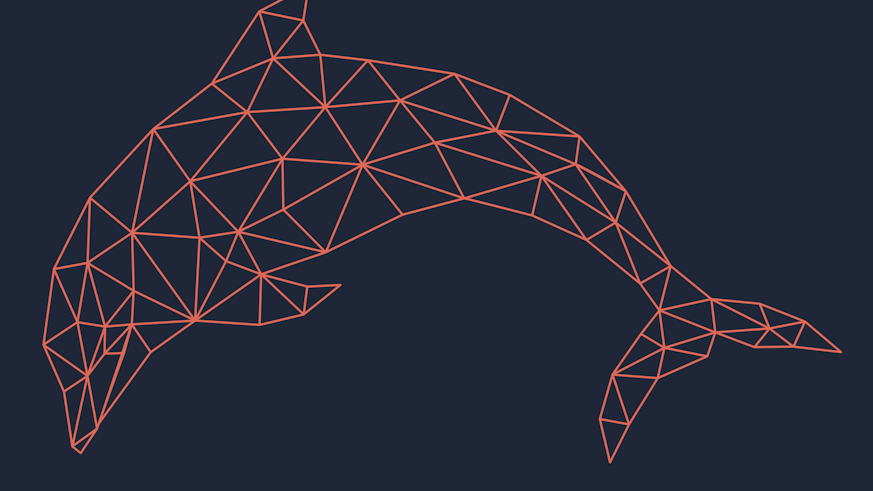Recognition, belief and an emotional response to disinformation are key factors in it being shared on social media, report finds
23 February 2021

Fake news stories are more likely to be believed and consequently shared on social media if readers think they have seen them before, research suggests.
Academics at Cardiff University’s Crime and Security Research Institute say their report offers insights into the reasons why seemingly outlandish claims on social media can gain traction.
The team devised a fake news story and showed it to 8,630 citizens from 12 different European countries before assessing their reactions. The fabricated story, about a communist killer dolphin heading to a popular holiday resort, was intentionally similar to previous media reports about the use of dolphins and whales for government-led espionage activities.
More than half (53%) of those who thought they recognised the news story believed the content to some degree, compared to 10% of those who did not recognise the story.
Those who recognised the story and those who believed the story experienced the strongest emotional response to the content. In all countries, the data showed a significant link between emotion and behavioural engagement – such as clicking on the link or sharing the story with others.
Professor Kate Daunt, of the Open Source Communications, Analytics Research (OSCAR) Programme, said: “Testing citizens’ responses to fake news by showing them the same invented story has allowed us draw meaningful conclusions about the spread of disinformation. Our results highlight the importance of the ‘illusory truth effect’, whereby individuals are more likely to believe a message encountered repeatedly over time. Although the story seemed implausible to most, a large proportion of those questioned believed the story to differing extents in part because they felt they had seen it before.

Our findings show that people are more likely to have an emotional reaction and share a story if they believe it. It demonstrates the complex psychological techniques at play by those who spread disinformation.
Co-Director of the Security, Crime and Intelligence Innovation Institute
Just under half (46%) of citizens said they would interact with the news story in some way with 16% of respondents reporting they would engage with the story via two or more means. Nearly a third of those questioned said they would click on the link embedded in the social media post (29%) and 13% said they would tell friends and family offline about it.
On average, people who said they would interact with the story were younger, had fewer years of education, were more likely to identify as a minority and were more religious.
Respondents who viewed the story were asked how it had made them feel. The results show 29% of those questioned had felt anger after reading it, while 15% had felt fearful, 42% felt surprise and 17% excitement.
The data showed emotional impact was a key driver in engagement, with 78% of those who felt very ‘fearful’, 70% of those who were very ‘surprised’ and 84% who were very ‘excited’ saying they would have interacted with the story in some way.
Researcher Bella Orpen said: “These findings shed light on why some pieces of disinformation gain more traction than others and why some people may be more susceptible to being influenced by them. Emotions, psychological reactance and engagement with social media are important in fostering citizens’ attention to disinformation. The data shows country-specific vulnerabilities to different mechanisms which can increase the likelihood of sharing disinformation.”
The data was derived from a large-scale 12-country survey designed by Cardiff University and administered via the Qualtrics online platform from 18 March to the 30 April 2020. The survey used 53 questions to assess citizens’ perceptions, vulnerabilities and resilience to disinformation and fake news. Sampling quotas were implemented to ensure the representation of age, gender and location for each country.
The Crime and Security Research Institute is a member of Cardiff University’s Social Science Research Park (SPARK) - a collective of leading social science research groups that work together to develop innovative solutions to societal problems through collaborative research activity, and will be co-located in a new innovation hub, sbarc, later this year.
Share this story
Our Research Institutes, centres and groups bring together a wide range of expertise to work on pioneering projects.


